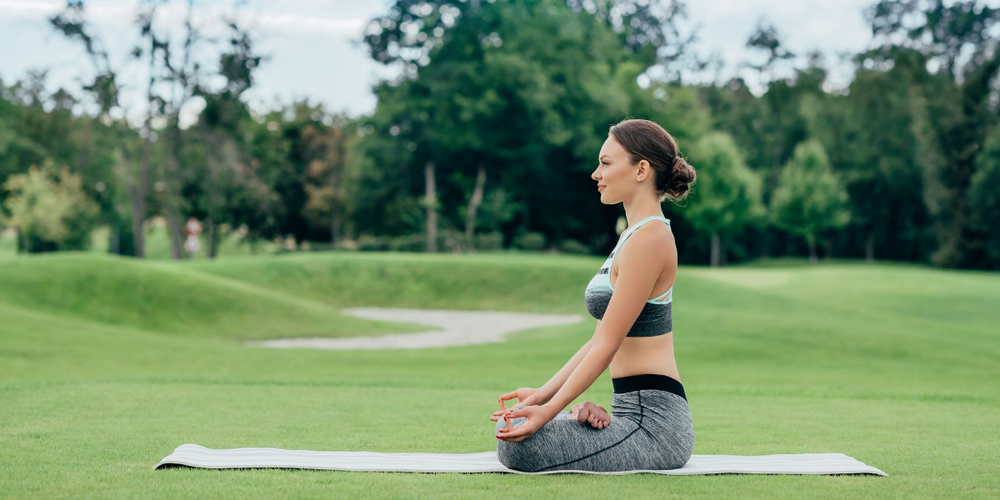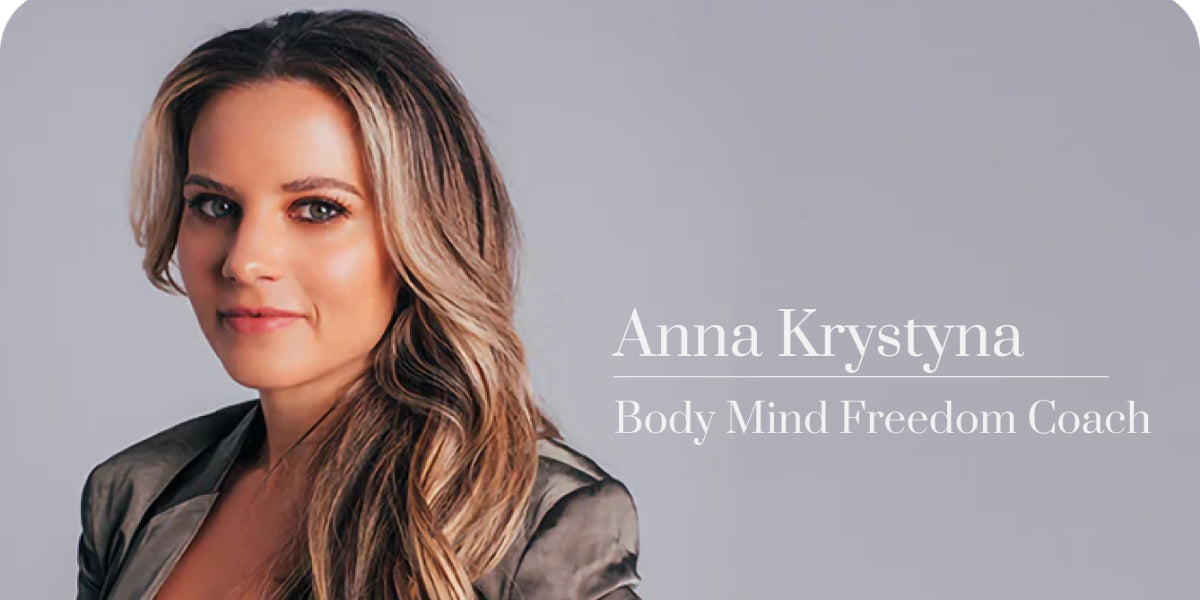5 Meditation Techniques to Clear the Mental Clutter

Stay tuned to our latest news
We sometimes feel overwhelmed, stressed out, or struggle to fall asleep when there are too many things going on in our surroundings. Stress can have negative effects on our well-being. Nonetheless, all it takes to feel better in the here and now is pausing for a moment to clear the mind. Good thing that there are some ways to cope with our worries and stress such as practicing mindfulness.
When we meditate, we become better equipped to deal with life’s stressors, including those related to jobs, family, relationships, school, finances, or even minor issues. Meditation allows us to become observers of certain thought processes, so that we become less impacted by them, rather than being caught up in our tension.
Read on to learn more about how meditation can help improve sleep quality, manage your stress better, and enhance your overall health.
How is Stress Reduced by Meditating?
Different cultures have been practicing meditation to find clarity and inner peace. In a 2014 study, elderly persons who practiced Buddhist walking meditations three times a week for a period of 12 weeks showed a reduction in depressive symptoms.
Additionally, they saw improvements in their functional fitness levels and blood pressure from walking. Meditating is also a useful tool for those who have trouble sleeping at night.
Practicing meditation gives us the freedom to distinguish between genuine and unclear demands on our time, attention, and emotions. Imagine how much different our experiences of stress and anxiety would be if we could tell them apart. When we do not have this room in our lives and minds, we feel pressured.

When meditation provides us with the time and space we need to organize our priorities, we feel relieved, and this is the demand side component of stress management.
It is simpler to silence the frustrating thoughts that keep your mind racing by unwinding your mind and body. Although, it is important to understand that meditation does not treat the underlying causes of sleep problems or difficulties falling and staying asleep. Always consult your doctor about other choices if it does not improve your ability to sleep.
According to Deepak Chopra, a doctor, author and spiritual teacher, we all possess a spiritual core that can be accessed more reliably through meditation. However, it is not necessarily a requirement for spiritual awakening. Meditation is simply one of the most powerful tools to make the most out of it.
5 Ways to Start Your Meditation Journey
Reducing and managing stress is the goal of meditation, and it mainly boils down to how we view stress. Dr. Herbert Benson of Harvard University Medical School coined the term "relaxation response" to describe the reduced activity of the sympathetic nervous system due to meditation. Even if relaxation wasn't part of the original intention, it often results from meditating.
We can lessen the effects of it on our physical and mental health by changing our perspective and trying some of these meditation techniques at home:
1. Body Scan Technique
The body scan is a mindfulness meditation technique that involves looking for any discomfort, stress or unusual sensations in your body.
This technique makes you experience a stronger sense of emotional and physical awareness for it requires you to pay attention to your body, from your feet to the muscles in your face. It is intended to ease the tension when it is present and aid in the development of a mindful awareness of your physical experiences.
Body scan meditation may help you become aware of and relieve tension from certain body parts, such as a tensed jaw or rounded back, or could highlight the discomfort or pain’s origin.
Studies have shown that we may experience relaxation and ease by simply being aware of the pain we are feeling without attempting to change it. Even if the pain doesn’t go away, we can change how we feel about it and how we relate to our bodies in general. Nonetheless, the body scan techniques enable us to take better care of ourselves and make better choices regarding our diet, sleep, and exercise.
Friendly Tip:
Get in a comfortable position. Inhale deeply through the nostril, exhaling through the mouth while your eyes are closed. Notice how your physical form feels presently starting at the peak of your head and carefully scanning your entire body, becoming aware of what feels comfortable and what doesn’t.
2. Noting Meditation Technique
The practice of noting meditation helps you recognize and let go of persistent thoughts as they arise during a session.
Thoughts are common while meditating, and this technique works by giving distracting ideas a name which makes it easier to let go of them and practice detachment. The mind can be trained to concentrate on the practice and let the thoughts drift away by giving names to the bodily sensations and thoughts that inevitably occur.
Friendly Tip:
Watch your ideas as they come. You'll probably start to become aware of both mental and physical things. As distractions or thoughts arise, name them and acknowledge them. You can start very simply by calling any thought that emerges as a "thought" and any feeling a "feeling" or "emotion." Keep track of your development as you develop your note-taking skills, but keep in mind to be patient with and kind to yourself.
3. Visualization Technique
The main goal of this type of meditation is to develop specific psychological traits through guided imagery.
A creative image of constructive imagery is visualized in the mind’s eye as the main focus. It may also include awareness, paying attention to the breath, and mentally reciting mantras. Any relaxing image that brings you serenity can be effective. However, there are frequently several widely used images that may be helpful.
A straightforward visualization meditation to develop a sense of relaxation and tranquility can be as simple as seeing tense portions of the body progressively expanding. If you have problems choosing a picture, you can also use guided meditations to improve your attention.
Friendly Tip:
To envision easily and effectively, you must use your creativity. Closing your eyes will make the visualization process more simple. If you don't immediately see anything, remain calm and don't panic. There are no right or wrong ways to visualize. As you acquire skill, you can start to visualize more complex objects after starting with simpler ones.
4. Gratitude Meditation
Despite the misconception that meditation requires you to sit in a dark room and quiet your thoughts, gratitude meditation may be practiced anywhere.
This meditation technique combines cues to consider the things in life for which we may feel grateful with focused awareness of the body, thoughts, and feelings. Even simple focused breathing offers advantages such as improving how we handle difficult situations.

Research shows that practicing gratitude can also help produce happy emotions by including a thankfulness component, which is helpful for our relationships, performance, and resilience. Our heart rate decreases during meditation, and it may have an effect on brain waves and regions that control our emotions and drive us, compared to feeling resentful.
Friendly Tip:
Maintaining a gratitude notebook, making a gratitude jar, participating in gratitude meditation, employing visual cues, and expressing your thanks to others are all ways to cultivate thankfulness.
5. Mindfulness Meditation
The mindfulness meditation technique is a useful practice in order to prevent stress when it does arise and help us maintain control when unexpected circumstances do arise. Having greater awareness and acceptance of existing in the present moment, is the foundation of this style of meditation.
During mindfulness meditation, your conscious awareness is widened and it makes you pay attention to the sensations you are having, including how your breath is moving. Your ideas and feelings are visible. However, mindfulness meditation will help you not pass judgment but let them go.
According to Ram Dass, a spiritual teacher, it's important to remain open-minded during meditation and not have preconceived notions of what it should look or feel like. He encourages dismissing judgements and models about the practice.
Friendly Tip:
Give yourself the space to ponder and let your thoughts wander freely. Make sure you're comfortable when meditating and take regular, deep breaths. This will help you relax and cleanse your mind. Try scheduling some time each day for meditation, and you'll find that it quickly becomes a habit. Start your day by sitting for two minutes, then gradually increase the amount of time you spend practicing.
Takeaway
Our emotions can sometimes distort the perception that may lead us to believe that we are unable to meet our own demands, which makes it a sneaky stress cycle. By deciding what our needs are, we must make room in our minds and develop our mental faculties and expand them.
These stress-reducing meditation techniques will give us the tools we need to deal with our emotions when stressful situations arise.
Renpho Health Tips
-

Give Up Added Sugar for Good With 5 Surefire Tips from a Wellness Coach
January 23, 2023
Read more >
-

6 Tips to Make Your New Year’s Resolutions Stick
January 4, 2023
Read more >
-

Mini Habits - Importance Of Rest & Recovery
November 29, 2022
Read more >
-

Should You Stop Dieting? What You Need To Know About Proper Weight Loss
November 22, 2022
Read more >
-

Tips to Recreate Your Spa Experience at Home
October 18, 2022
Read more >





